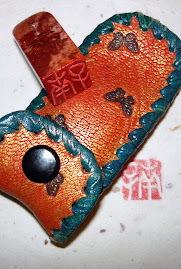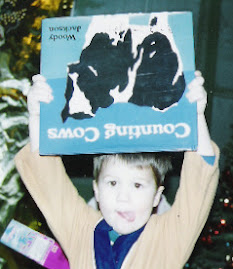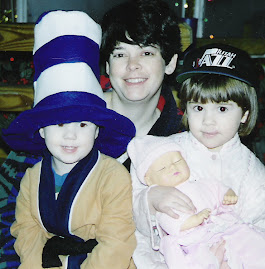 legislation that will make them the first state in the Union to totally outlaw corporal punishment for children? The battle may have begun in Massachusets but has now spread around the country. I suspect that before long it will reach global proportions. Even though many enlightened countries have actually already outlawed it, people continue to debate the issue. Since the best debates are usually based on at least a few facts and some knowledge, here is an example of both, from American Humane:
legislation that will make them the first state in the Union to totally outlaw corporal punishment for children? The battle may have begun in Massachusets but has now spread around the country. I suspect that before long it will reach global proportions. Even though many enlightened countries have actually already outlawed it, people continue to debate the issue. Since the best debates are usually based on at least a few facts and some knowledge, here is an example of both, from American Humane:Child Discipline
What is discipline?
As part of their natural development, children sometimes challenge or test parental and adult expectations and authority. Sometimes, children simply choose to misbehave in order to gain something (e.g., attention, an object, power, peer approval). This is a significant part of the growth process of children, yet it should not be without consequence. Discipline is how children learn right from wrong, acceptable from unacceptable.
Parental or adult discipline of children should be designed to help children engage better with others and to modify or control their behavior. Providing appropriate discipline to children is one of the most essential responsibilities of a parent. And providing consistent and positive discipline helps children grow into responsible adults.
According to the Committee for Children (2004), the purpose of discipline is “to encourage moral, physical, and intellectual development and a sense of responsibility in children. Ultimately, older children will do the right thing, not because they fear external reprisal, but because they have internalized a standard initially presented by parents and other caretakers. In learning to rely on their own resources rather than their parents, children gain self-confidence and a positive self-image.”
What about the use of physical discipline?American Humane, as a policy, opposes the use of physical discipline on children at home, in the community, or in school. In two national surveys, Murray A. Straus, co-director of the Family Research Laboratory at the University of New Hampshire, found that 90% of parents of three- and four-year-olds had struck their children and that 22% of parents of children under one year of age had also hit their children. The second study in 1997 found that 44% of mothers reported spanking their children during the previous week, and reported spanking their children approximately twice a week (Straus, Sugarman, & Giles-Sims, 1997).
How does physical discipline affect children?
Children in the 1997 study whose parents used corporal punishment to reduce anti-social behavior actually experienced the opposite from their children in the long run – an increased probability of aggression and other antisocial behavior. Disciplining children by spanking does not facilitate learning. Instead, it may halt the unwanted behavior only while the child is in the adult’s presence, or it may scare a child into submission. While it may teach a child what not to do, it fails to teach a child what is expected of him or her and what is an alternate behavior.
Additionally, physical discipline is most often used when the parent is frustrated or without other resource. Spanking in these circumstances may lead to an unintentional injury or more serious abuse. The following illustrate more of what physical discipline does:
• Increases anxiety and fear
• Hinders the development of empathy and compassion for others
• Makes children angry in response
• Heightens aggression toward others
• Decreases compliance and increases resistance
• Harms relationship with parent or caregiver
• Potentially causes unintended and severe physical injury
• Decreases self-esteem
• Increases the probability for an array of undesirable social and psychological behaviors
• Teaches that violence is an acceptable way to handle conflict.
How can I discipline positively?
American Humane encourages parents and other caregivers to use techniques that constitute a positive and appropriate discipline of children, such as:
• Discipline with love
• Listen and communicate
• Focus on the behavior, not the child
• Respond immediately
• Relate the discipline to the offending behavior in duration and severity
• Be realistic
• Remain calm
• Be fair
• Do not harm or injure
• Set boundaries
• Make it a learning opportunity
• Be consistent
• Be creative
© 2004. This American Humane Fact Sheet may be reproduced and distributed with appropriate citation given to American Humane.
A Child is Waiting,
Take care...be aware,
Nancy Lee

















2 comments:
Good thoughtful article. The author of non-violent communication wrote a piece on how it works with children which resonates with this. Providing a good example for children, especially during trying times, provides dividends for their entire life.
My personal preference is to provide as natural consequences as possible. I'd rather my son learn that there are consequences for our behavior than that his mother is violent and to be feared. What on earth would that teach?
Thanks for letting us include this wonderful post for the BLOG CARNIVAL AGAINST CHILD ABUSE. I hope that you'll participate again.
Post a Comment